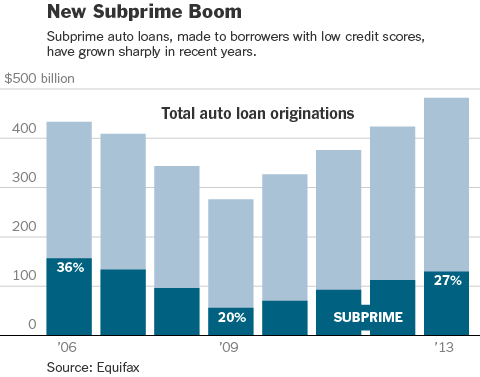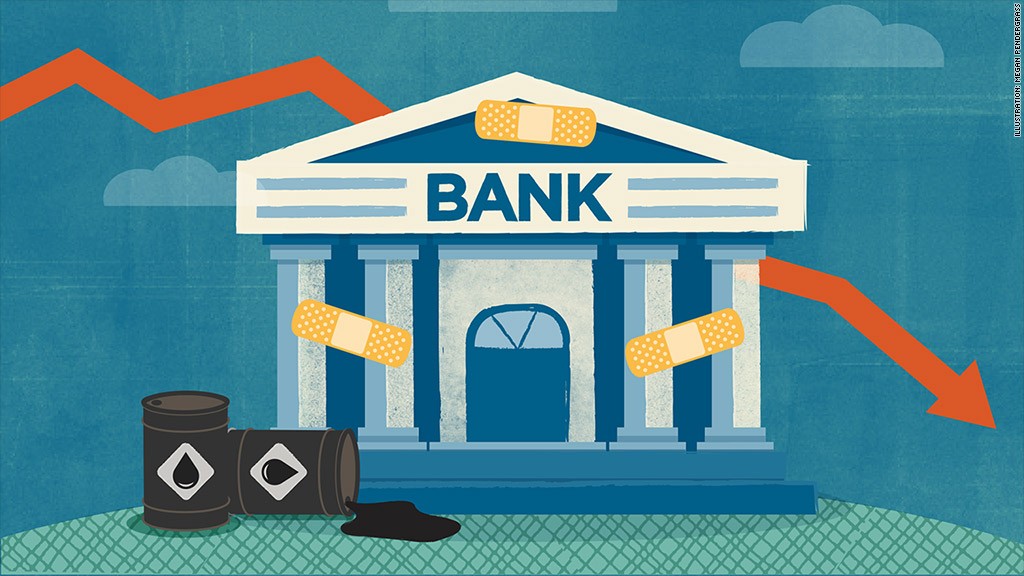How the subprime lending boom hurt everybody
Post on: 16 Март, 2015 No Comment

Among the Wise Bread community, I get the sense that theres a kind of pox on both their houses attitude to the problems in the subprime mortgage markets. People who worked through their own credit problems (or avoided having any) cant stir up much sympathy for people who bought houses they cant afford—and pretty much nobody has any sympathy for the mortgage brokers and hedge funds that lent them the money. A new guide from Americans for Fairness in Lending. though, shows that the damage actually hits at every level, from the individual borrowers (including borrowers with good credit), through the neighborhood, local economies, and the national economy. With their kind permission, were presenting the guide here on Wise Bread.
Part one—negative impacts of the subprime lending crisis
The guide lists half a dozen negative impacts that the crisis has had on borrowers and the economy. Among them are:
Loss of homeownership One of the supposed benefits of subprime lending was that it made homeownership a possibility for people who had been shut out. It turns out that, because many of these loans didnt go to first-time homebuyers, the result has been an actual reduction in number of homeowners.
According to the Center for Responsible Lending, “Subprime loans made during 1998-2006 have led or will lead to a net loss of homeownership for almost one million families.”
Weakening Property Value The crisis is pushing down property values in multiple ways. People who cant afford their mortgage are putting their homes on the market—either voluntarily or through foreclosure. Plus, as the crisis makes it harder to get a mortgage, there are fewer buyers—putting downward pressure throughout the housing market.
Homeowners who took subprime loans are not the only ones impacted by the crisis. It is estimated that each foreclosure lowers the property values in its neighborhood by about one percent.
Damaging Neighborhood and National Economies More money going to money center banks and hedge funds means less money going to local business. Rising numbers of economically troubled families has ripple effects throughout the local economy.
The Center for American Progress notes that foreclosure is more than an individual tragedy: “A spike in foreclosures can also create a domino effect in a single area, leading to a sharp depreciation in property values, decreased business investments, and lower tax revenues, which in turn affect the quality of schools and decrease nearby property values.” Stores such as Home Depot and Wal-Mart are reporting reduced consumer spending in the wake of the meltdown, resulting in a loss of tax revenue. Counties are reporting losses in revenue from filing and tax fees. Property values are decreasing, yielding even greater losses for local communities in tax revenue.
Part one ends with some policy suggestions for fixing the problem, including help for homeowners stuck in troubled loans, laws against predatory lending practices, and incentives for lenders to come to the table to work out problem loans.

Part two—how did we get here?
Part two provides a look at how we got here, and has a pretty good explanation of the changes in the way mortgages loans were made and what happened to them afterwards. It also takes a look at the question, How do the lenders make any money loaning money to people who cant pay it back? The answer has to do with the incentives at each layer in the process.
Subprime loans are generally made through brokers and with some lenders, loan officers who, despite popular perception, are under no obligation to find the borrower the best rate. or even a loan they can afford. On the contrary, the commissions of brokers and loan officers increase based on loan size and the interest rate charged.
Subprime lenders immediately dispose of the loans they write by packaging them for quick sale to Wall Street investors. Lenders make their profits up front, from the sales of those loans and the fees they pack into each mortgage.
Until very recently, when the loan volume grew so large and default rate skyrocketed, Wall Street investors were generally insulated from the impact of bad subprime loans. The loan portfolios pooled risky subprime loans, reducing the chances that a small percentage of defaulting loans would hurt the bottom line.
As you might expect from the name, Americans for Fairness in Lending is an advocacy group that works to protect consumers from abusive lending practices, and the guide is written from that perspective. I expect youd get a very different analysis from an association of mortgage brokers or bankers. With that caveat, Neighborhood and Individual Impact of the Subprime Mortgage Lending Crisis: A Reporter’s Guide is an excellent overview of the situation and is well worth reading.














